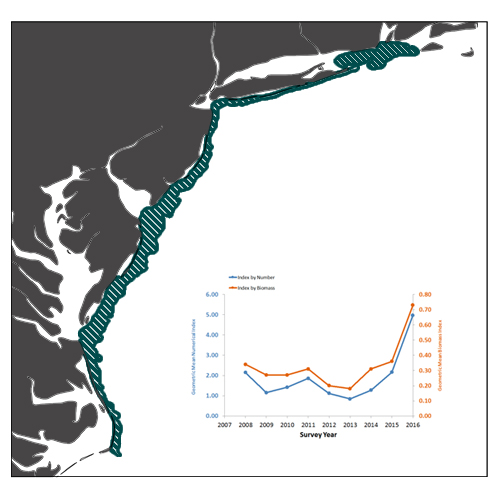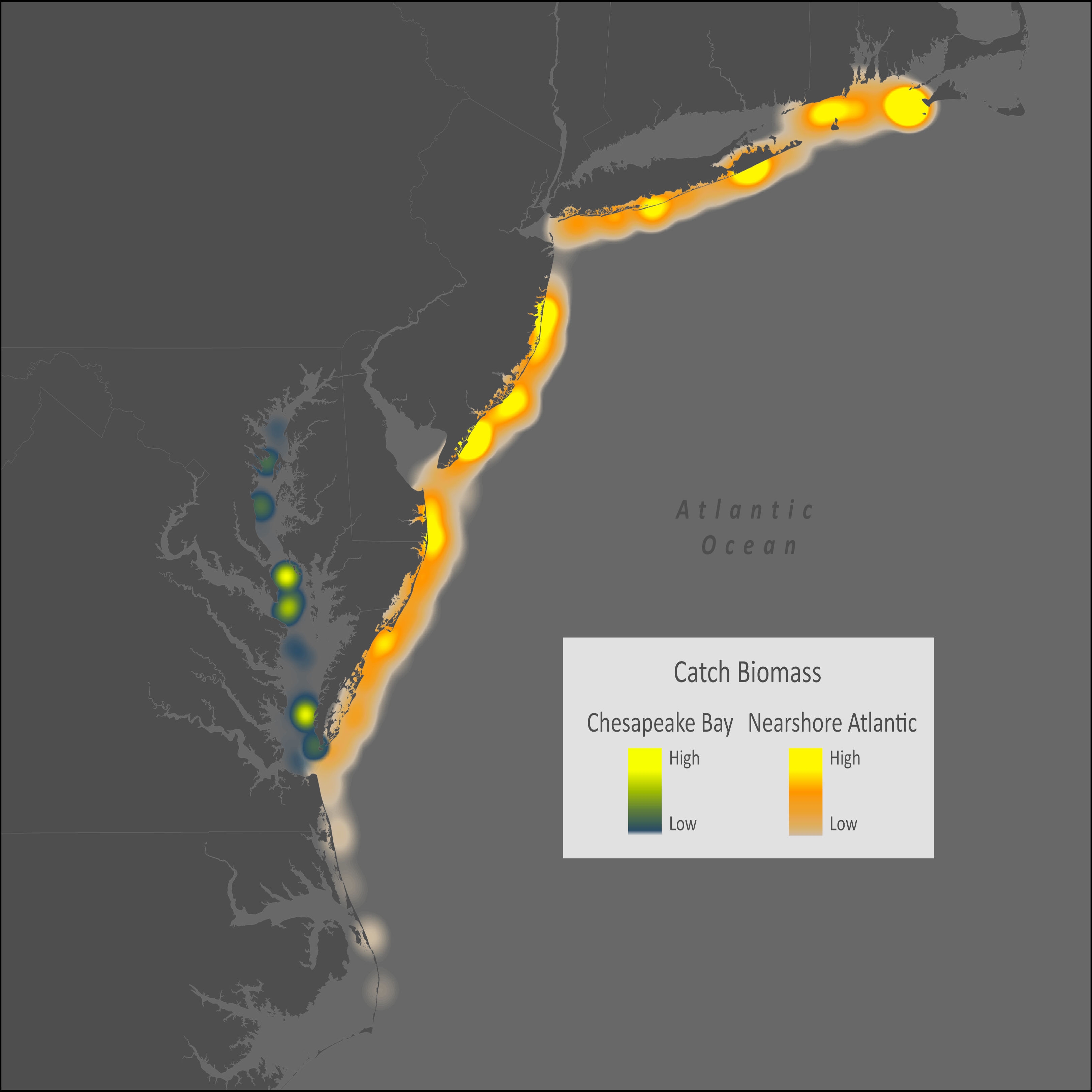Diagnostic characters:
Body fusiform, moderately compressed, body depth moderately variable and increasing with size; scutes on abdomen forming distinct keel. Upper jaw with distinct median notch; lower jaw not rising steeply within mouth; teeth absent in jaws (minute in juveniles to 15 cm standard length); no teeth on vomer. Gill rakers slender and numerous, 59 to 71 on lower limb of anterior gill arch (fewer in young). Dorsal fin placed slightly anterior to centre point of body; anal fin short and placed well posterior to vertical through posterior dorsal-fin base; 8 branched pelvic-fin rays, pelvic-fin origin at vertical through about centre point of dorsal-fin base. Colour: dorsum bluish green with metallic luster, gradually shading to silver on sides; dark spot on shoulder, sometimes followed by several more spots, or even a second row, along sides; fins pale green, caudal tips sometimes dusky.
|
Habitat, biology, and fisheries
Coastal, pelagic, euryhaline, entering brackish and fresh waters; in the sea, to depths of about 100m. Schooling; anadromous, strongly migratory; ascending rivers (up to 500 km upriver) to spawn; appears off Florida coast as early as November, off Carolina coast in February and March, and further north in April, May, or June, depending onwater temperature (peak runs at about 18.5 C); spent fish die or return to the sea shortly after spawning;young fry descend in autumn.Spawns at 5 years, sometimes 4, apparently in their home rivers, on sandy or pebbly substrate in the evening.Semelparous (die after spawning) south of Cape Hatteras, North Carolina; increasingly iteroparous (individuals survive and return to sea) north of this region. Estimated fecundity 600,000 eggs/female. Eggs transparent, pink, or amber, semi-buoyant, 2.5 to 3.5 mm (fertilized). Vertical migrator; follows movement of prey; primarily plankton feeders; takes mainly copepods and mysids, also algae, fish eggs, and occasionally small fishes (e.g., smelt, sand lance); no feeding during migration up rivers; juveniles feed on copepods and insect larvae in rivers. Historically of moderate importance to fisheries, chiefly in rivers of North America. Principally caught in rivers, especially northward of the area. Caught mainly with pound nets, gill nets, and seines, but also with fyke nets, otter trawls, purse seines, traps, and dip nets; also caught in rivers as a sportfish with hook-and-line, using flies or small artificial lures. Marketed fresh, consumed fresh or smoked; the roe is particularly esteemed.
|






